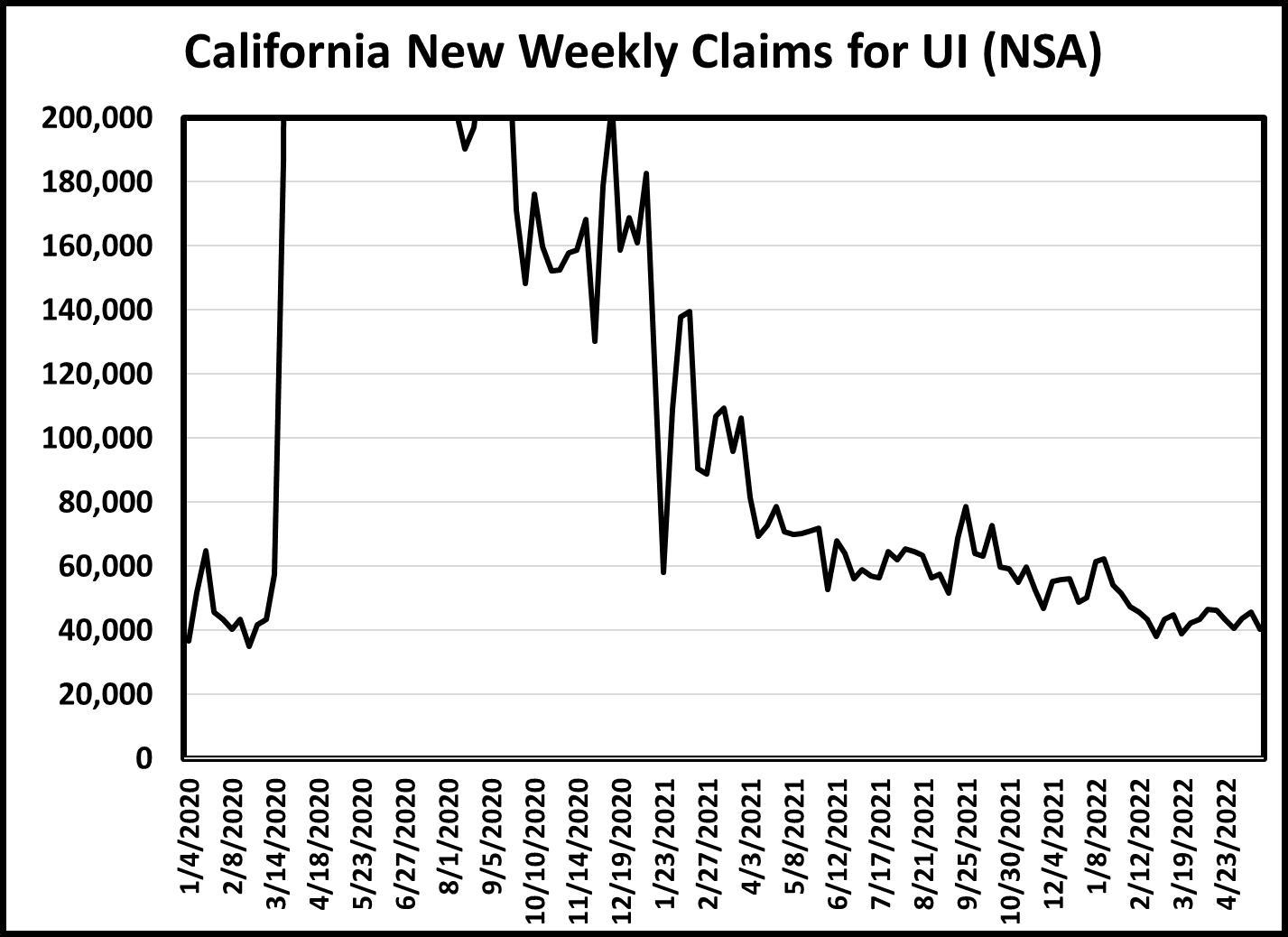Mandatory Athlete Fund? Thursday, May 12, 2022
Over time, college athletes in money-making sports have pushed to increase their financial returns from their public images. Most recently, as we have noted on this blog, that push has resulted in a mechanism for taking advantage of so-called NIL (Name, Image, Likeness). A pending California bill would move further in that direction. Note that not all bills become law and those that do are often amended. See below from the Mercury News: Bill designed to transform college sports in California will have massive implications for athletic budgets
SB-1401 is in the hands of the Senate Appropriations Committee Jon Wilner | May 11, 2022 .
A bill designed to transform the economics of major college sports in California continues to move through Sacramento and faces a key upcoming vote in the Appropriations Committee. Senate Bill 1401, the “College Athlete Race and Gender Equity Act,” has been placed in the suspense file, a repository for legislation carrying significant fiscal impact, and could be voted on later this month. As law, SB-1401 would create a revenuesharing arrangement between California universities and athletes in the money-making sports, football and basketball. Millions of dollars typically used to support athletic department operations instead would be placed in “degree completion funds.” The requirements could place the California schools in the Pac-12 and Mountain West conferences at a significant financial disadvantage, create Title IX complications and threaten the long-term viability of Olympic sports like softball, gymnastics and swimming. An analysis published by the Appropriations Committee prior to SB-1401 moving to the suspense file projected an economic impact of $34 million to $36 million annually for the University of California and $1 million to $9.3 million annually for the California State University. According to the analysis: “By requiring institutions of higher education to establish degree completion funds for student athletes, this bill could result in a substantial redistribution of a college’s athletic program revenues. This could then lead to significant local cost pressures for colleges to backfill these resources and balance their budgets to UCLA Faculty Association Blog: 2nd Quarter 2022
131
































































































